Why do we need Bisexual+ Awareness Week?
Written by: Zoe Keath, YAC member.
Read more about her here! https://www.wearitpurple.org/zoe-keath
Another year, another bisexual+ awareness week. As we celebrate Bisexual+ Awareness Week (otherwise known as #BiWeek) from the 16th to the 23rd of September, it does raise some questions. How did Bisexual+ Awareness Week come about? Why do we need it in the first place?
Where did Bisexual+ Awareness Week come from?
Like a lot of Pride events, Bisexual+ Awareness Week has a varied and interesting history, all of which is too intricate to cover in this blog post so I encourage you to do your own research. However, as a little fresher, Bisexual+ Awareness Week was originally Celebrate Bisexuality Day. Though some precursors came before, it was first officially observed on September 23rd 1999 at the International Lesbian and Gay Association Conference. It was conceived by three bisexual rights activists: Wendy Curry, Michael Page, and Gigi Raven Wilbur.
Over the years, Celebrate Bisexuality Day has been observed and celebrated in various ways. It has more recently extended out into Bisexual+ Awareness Week culminating in Celebrate Bisexuality+ Day on the 23rd of September. Why you may ask? Well, you can never get too much of a good thing!
Why do we even need a Bisexual+ Awareness Week?
One of the bisexual rights activities behind the first official observance of Celebrate Bisexuality Day, Gigi Raven Wilbur, eloquently provides insight as to why it is important to bisexuality+:
“Ever since the Stonewall rebellion, the gay and lesbian community has grown in strength and visibility. The bisexual community also has grown in strength but in many ways, we are still invisible. I too have been conditioned by society to automatically label a couple walking hand in hand as either straight or gay, depending upon the perceived gender of each person.”
This feeling of invisibility is a common feeling among bisexual+ people. Bisexuality+, by its inherent nature, cannot be contained in a singular box. This is in opposition to society’s tendency to want everything to fit into nice, neat categories. As a result, many bisexual+ people find their experiences sidelined and invalidated, in favour of narratives and experiences that fit neatly into people’s perception of sexuality.
In my personal experience, I have had my sexuality constantly questioned no matter who I am dating- whether it be male, female or non-binary. Bisexuality can sometimes be conceived as a “stepping-stone” to being gay. That it is just a “phase”, I am “confused”, or “bisexuality does not exist. That I am not a real part of the LGBTQIA+ community because I may “pass” for straight in some circumstances at the expense of my queerness.
If it’s not a phase, then it is an attempt to be “sexy and adventurous” to attract a guy. Upon disclosing my sexuality, I have been subject to highly sexualised and inappropriate comments and requests. I have been accused of being “promiscuous” or more likely to cheat on the basis of my sexuality.
These comments come not only from straight, cisgender people but from my fellow LGBTQIA+ community members.
Further, these experiences are in no way unique to me but are common for many bisexual+ people.
This biphobia and bi-erasure have real-world implications. I, like many other bisexual+ people, have felt that I have had to change my appearance, my mannerisms and my lifestyle to something I was not comfortable with in an attempt to prove my queerness. This had significant effects on my identity, happiness, and mental health. However, I have now realised that, after years of already contending with and questioning my sexuality, I should not have to continue to feel that I have to pretend to be something that I am not to fit myself into a neat little box for other people’s comfort.
Bisexuality, and similar identities, are real and valid in and of themselves- no matter who that person dates or how they express it.
So that is why we need Bisexual+ Awareness Week. Bisexual+ Awareness Week celebrates this beautiful diversity and aims to promote the acceptance of the bisexual+ community and advocate for their rights. Whether you identify as bisexual+ or not, this week is an excellent opportunity to educate yourself on the struggles the bisexual+ community face and what can be done to promote greater acceptance of bisexuality and similar identities.
Note: You will have noticed I have used bisexuality+ (emphasis on that ‘+’ ) throughout this post. That is because, though this celebration started with Celebrate Bisexuality Day, it has expanded to encompass a wide range of sexualities including bisexuality, pansexuality, omnisexuality, fluid, queer or no label – just to name a few. Though these sexualities are unique and valid in and of themselves, they share many experiences, which is why this week has expanded with the inclusion of ‘+’ to include people who identify with these sexualities and celebrate them as well.
References:
Adrian. (2014). https://www.autostraddle.com/its-bisexual-awareness-week-here-are-five-ways-to-celebrate-255663/
Alexandra Churchill. (2016). https://www.huffpost.com/entry/celebrate-bisexuality-day_n_3977289
GLAAD. (2021). https://www.glaad.org/biweek2021
Jaya Saxena. (2016). https://www.dailydot.com/irl/bisexual-awareness-week/
LGBTIQ+ Health Australia. (2021). https://www.lgbtiqhealth.org.au/bisexual_awareness_week
Out & Equal. (2021). https://outandequal.org/bi-visibility-in-the-workplace-what-you-need-to-know-for-bisexual-awareness-week-and-beyond/
